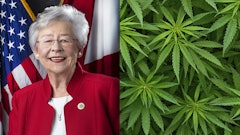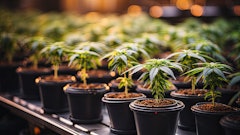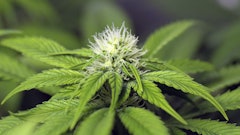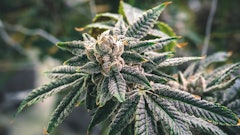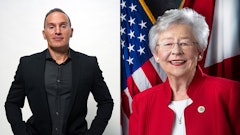
Adobe Stock | Dmytro Sukharevskyi
This week, Kroger announced that it will sell topical CBD products in several states, including Kentucky and Indiana. Elsewhere, in Nevada, Gov. Steve Sisolak signed a bill making it illegal for employers to rebuff job applicants based on the results of a marijuana test.
Here, we’ve rounded up the 10 headlines you need to know before this week is over.
- Federal: Cincinnati-based grocery chain Kroger is the latest major retailer selling CBD products, offering a variety of topical products in several states, including Kentucky and Indiana. Kroger officials clarified that its CBD-infused products will not be available at Ohio stores due to state regulations prohibiting the sale of hemp-derived CBD products. Read more
- Arizona: Gov. Doug Ducey has signed legislation that will allow patients to renew their state-issued medical marijuana cards every two years, instead of annually. The bill also requires dispensaries to test their marijuana for harmful toxins like pesticides. Read more
- Oklahoma: Medical marijuana sales are continuing to climb in Oklahoma, topping $23 million in May and marking the eighth straight month of growth for the new industry. Figures from the Oklahoma Tax Commission show the state collected more than $1.6 million in May from the 7-percent excise tax on marijuana, while another $2 million was collected in state and local sales taxes. Read more
- Alabama: Gov. Kay Ivey has signed a bill creating a commission to study medical marijuana. Through the CARE act, Carly's Law is extended; it allows the University of Alabama Birmingham to continue its research on the use of CBD oil as a treatment for debilitating epileptic conditions. Read more
- Maryland: A series of technical snags has forced the Maryland Medical Cannabis Commission to give companies 14 more days to apply for one of the state’s 14 new growing and processing licenses, state regulators announced Monday. The state is issuing four new cannabis growing licenses and 10 new licenses for processing the plant into medical products. Read more
- Maine: The state’s biggest marijuana company, Wellness Connection, is threatening to sue Maine if it doesn’t change proposed residency requirements that would shut it out of the state’s emerging recreational marijuana market. “We’re very concerned that the residency requirement in current form would provide a serious obstacle to Wellness’ entry into the adult-use market,” attorney Dan Walker said during testimony to the Veterans and Legal Affairs Committee on Monday. Read more
- Oregon: A bill that would set Oregon up to participate in the sale of cannabis products across state lines, once the federal government allows it, passed the Oregon House Tuesday with bipartisan support. The bill now heads to Gov. Kate Brown, who has said she supports the legislation. Read more
- New Mexico: New Mexico proposed new cannabis production rules Tuesday intended to shore up supplies to its medical marijuana program without flooding the rapidly expanding market. Under the proposal, the Department of Health would limit medical cannabis production to 1,750 mature plants for each licensed producer. Read more
- Texas: Gov. Greg Abbott signed a new law Monday that clears up which CBD products are legal in Texas and will also allow local farmers to grow hemp as a crop. The law, which received bipartisan support in the state Legislature, goes into effect immediately. Read more
- Nevada: Nevada Gov. Steve Sisolak signed Assembly Bill 132 making it illegal for employers to rebuff job applicants based on the results of a marijuana test. The law will go into effect on Jan. 1, 2020. Read more












